Residential steam showers
Find out about waterproofing requirements for residential steam showers.
Cables
Schluter®-DITRA-HEAT-E-HK-SK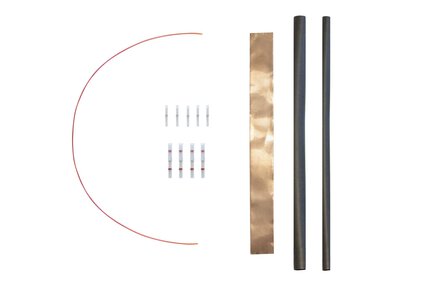 Schluter®-DITRA-HEAT-E-HK-SK
Schluter®-DITRA-HEAT-E-HK-SK
Cables
Schluter®-DITRA-HEAT-E-HK-SKCables
Schluter®-DITRA-HEAT-E-HK-RK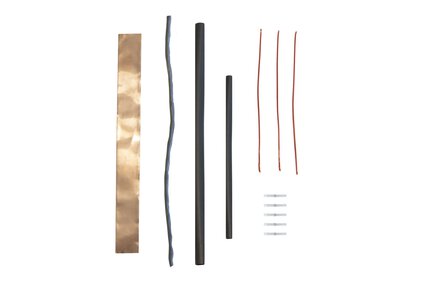 Schluter®-DITRA-HEAT-E-HK-RK
Schluter®-DITRA-HEAT-E-HK-RK
Cables
Schluter®-DITRA-HEAT-E-HK-RKUncoupling (DITRA)
Schluter®-DITRA-HEAT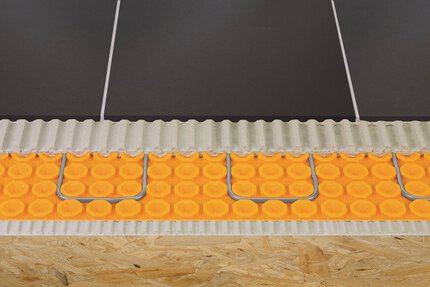 Schluter®-DITRA-HEAT
Schluter®-DITRA-HEAT
Uncoupling (DITRA)
Schluter®-DITRA-HEATUncoupling (DITRA)
Schluter®-DITRA & DITRA-XL Schluter®-DITRA & DITRA-XL
Schluter®-DITRA & DITRA-XL
Uncoupling (DITRA)
Schluter®-DITRA & DITRA-XLCables
Schluter®-DITRA-HEAT-E-HK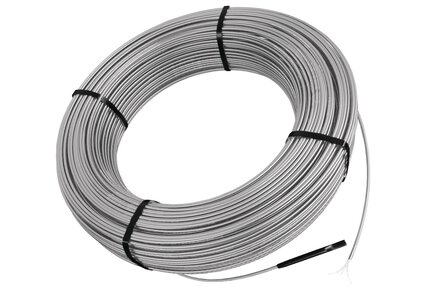 Schluter®-DITRA-HEAT-E-HK
Schluter®-DITRA-HEAT-E-HK
Cables
Schluter®-DITRA-HEAT-E-HKThermostats
Schluter®-DITRA-HEAT-E-RRS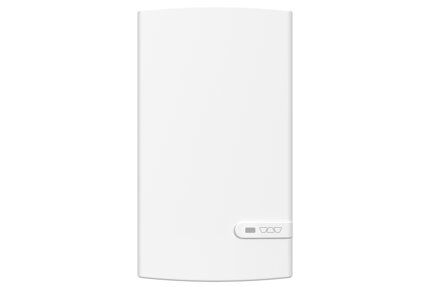 Schluter®-DITRA-HEAT-E-RRS
Schluter®-DITRA-HEAT-E-RRS
Thermostats
Schluter®-DITRA-HEAT-E-RRSThermostats
Schluter®-DITRA-HEAT-E-RR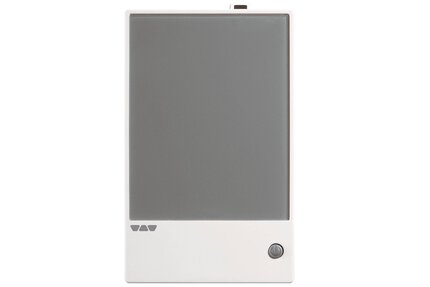 Schluter®-DITRA-HEAT-E-RR
Schluter®-DITRA-HEAT-E-RR
Thermostats
Schluter®-DITRA-HEAT-E-RRKERDI-BOARD Panels
Schluter®-KERDI-BOARD-E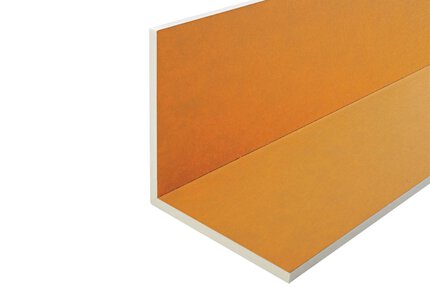 Schluter®-KERDI-BOARD-E
Schluter®-KERDI-BOARD-E
KERDI-BOARD Panels
Schluter®-KERDI-BOARD-EThermostats
Schluter®-DITRA-HEAT-E-RS1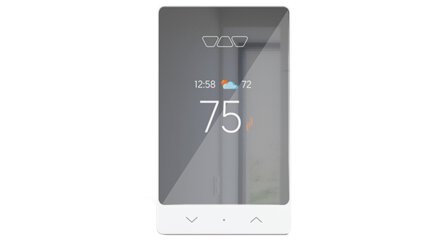 Schluter®-DITRA-HEAT-E-RS1
Schluter®-DITRA-HEAT-E-RS1
Thermostats
Schluter®-DITRA-HEAT-E-RS1Thermostats
Schluter®-DITRA-HEAT-E-RT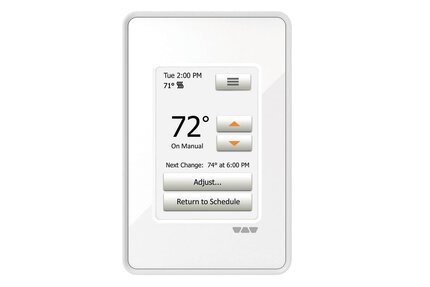 Schluter®-DITRA-HEAT-E-RT
Schluter®-DITRA-HEAT-E-RT
Thermostats
Schluter®-DITRA-HEAT-E-RTThermostats
Schluter®-DITRA-HEAT-E-R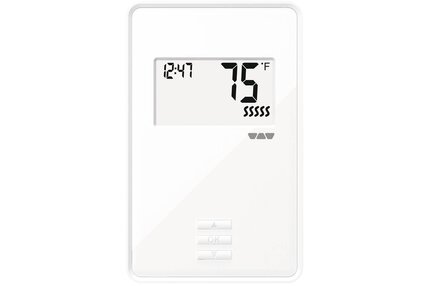 Schluter®-DITRA-HEAT-E-R
Schluter®-DITRA-HEAT-E-R
Thermostats
Schluter®-DITRA-HEAT-E-RThermostats
Schluter®-DITRA-HEAT-E-WiFi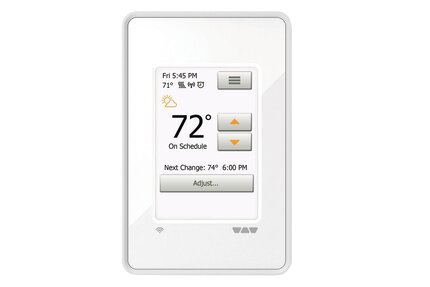 Schluter®-DITRA-HEAT-E-WiFi
Schluter®-DITRA-HEAT-E-WiFi
Thermostats
Schluter®-DITRA-HEAT-E-WiFiFind out about waterproofing requirements for residential steam showers.
Now, with the advancement of peel and stick technology, uncoupling membranes have become even more convenient and easier to install. Whether you’re working on a time-sensitive project or need a solution for multi-story buildings where weight and speed are critical factors, peel and stick membranes provide a faster, lighter alternative.
How do I connect an expansion unit/power module to the DITRA-HEAT-E-WIFI, DITRA-HEAT-E-RT or DITRA-HEAT-E-R thermostats?
Connect a 2 conductor 20 AWG wire from terminal A on the thermostat to terminal C on the power module and from...
Read moreWhat is the difference between the ANSI standards? Why do some of the Schluter® mortars have more than one standard on the packaging?
More than one standard may apply to the product. a. ANSI A118.1 is the American National Standard...
Read moreCan I pull power from my DITRA-HEAT or other floor heating circuit to power my LIPROTEC LED?
No. Floor heating should be on a dedicated circuit. You also increase the risk of accidentally miswiring the lighting into a 240V circuit.
Read more